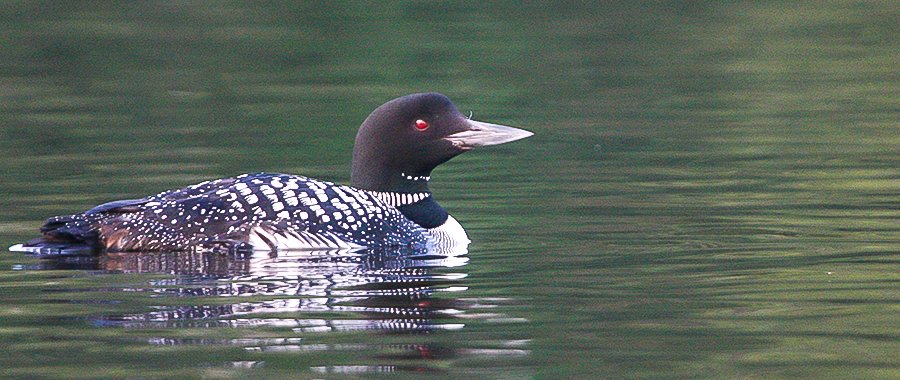Support the Timberjay by making a donation.
Vermilion loon count shows decline in adults
A total of 32 loon chicks sighted, a number close to average
LAKE VERMILION— Volunteers here recorded a total of 193 loons during the annual loon count, a hefty decline over last year’s numbers and the lowest overall count in several years. This …
This item is available in full to subscribers.
Attention subscribers
To continue reading, you will need to either log in to your subscriber account, or purchase a new subscription.
If you are a current print subscriber, you can set up a free website account and connect your subscription to it by clicking here.
If you are a digital subscriber with an active, online-only subscription then you already have an account here. Just reset your password if you've not yet logged in to your account on this new site.
Otherwise, click here to view your options for subscribing.
Please log in to continue |
Vermilion loon count shows decline in adults
A total of 32 loon chicks sighted, a number close to average
LAKE VERMILION— Volunteers here recorded a total of 193 loons during the annual loon count, a hefty decline over last year’s numbers and the lowest overall count in several years.
This year’s survey, conducted July 13, was held on the count’s rain date, which appeared to reduce the number of volunteer counters, from a more typical 65-75 counters, to just 53. That could have accounted, at least in part, for the count’s lower tally, which represented 48 fewer loons than last year. This year’s count was also down almost 40 loons from the ten-year average. Volunteers found a total of 99 loons on the lake’s west end, with another 94 loons spotted on the east side.
Wildlife surveys are inherently “noisy,” which means considerable variability is to be expected, even with a stable population. That’s one reason that wildlife researchers emphasize the importance of multi-year trends over year-to-year variation. An example of that variability was seen on Pike Bay, where counters recorded zero loons. Whether that was simply a fluke or reflected other factors is unclear.
While total loon numbers were down, the number of reported loon chicks was about average, with 32 reported from among 47 identified loon pairs. That was just one chick fewer than last year.
A total of 67 adult loons were identified as singles.
Lake Vermilion has long been home to the largest documented loon population on any lake in Minnesota. It’s 365 islands and hundreds of miles of shoreline, much of it undeveloped, provides exceptional nesting habitat for loons.
Loons are good indicators of water quality because they need clean, clear water to catch food. They are also sensitive to disturbances such as lakeshore development and contaminants like mercury and lead in their environment.






